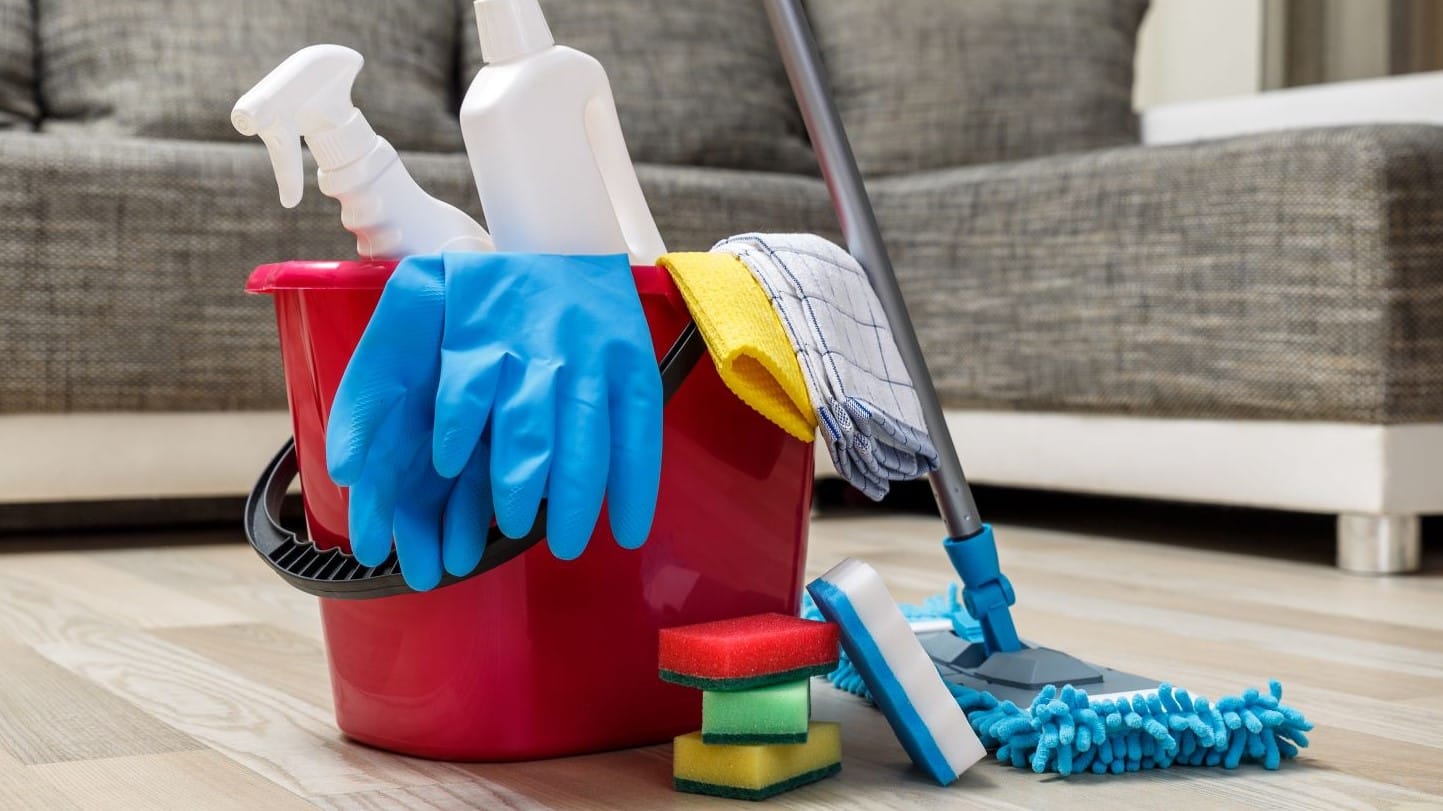Things to do
Tips on how to disinfect your floor to keep germs out of your home


Your floor is one of the areas in your home that are most prone to breed germs, bacteria, and viruses.
It catches falling particles, dirt, and dust. Also, it is where the dirty footprints from outside are left off. That is why it is important to keep your floor clean and disinfected every so often, especially now that there is the danger of coronavirus transmission.
There are different types of floors, and it has to be cleaned according to the material it is made of. Read on to find out how to disinfect your floor, whether it is wood, linoleum, porcelain, or vinyl.
WOOD
According to Real Simple, the first thing you have to consider when cleaning hardwood floors is its finish.
Find out if it has a polyurethane or wax, and you can check that by rubbing your floor with a finger. If it smudges, then your floor is waxed.
Waxed floors are not as sealed as those with a polyurethane finish, so it will not be effective to douse it with water or to use a damp cloth to clean it. It will be better to sweep and vacuum often instead.
There is not much disinfection that you can do on wax-finished wooden floors, so all you can do is spray disinfectant on your room regularly to help alleviate the situation.
Polyurethane-finished wooden floors, on the other hand, are more common, and what you probably have in your own home. This means that you can use damp rags or a mop with soapy water to clean your floor because it is protected from liquids.
LINOLEUM
It is so much easier to clean linoleum than wooden floors. You can use soapy water or dish soap to clean it. To disinfect linoleum floors, you can put antibacterial soap on a spritz bottle and spray it on the floor before mopping it. You can also pour the soap on a pail full of water where you can dip the mop. After mopping, rinse the floor.
If the linoleum feels sticky after drying up, that means you have not to rinse the floor enough and there are soap solution left on the floor. Do not worry, just wipe it again with a damp mop or rag.
Bleach will also work well on linoleum. Just dilute ¾ cup of bleach into a gallon of water, then clean your floor as you would with soapy water.
PORCELAIN TILES AND VINYL
You can use drastic cleaning procedures on porcelain tiles such as steam cleaners. However, if you want to disinfect your floor, you have to e ¼ cup of vinegar mixed with 16 ounces of water mixed with one drop of dishwashing liquid. Pour the solution in a spray bottle and spritz it on your floor.
If you have rugs on your floor, you have to clean that too. It is more tricky to clean those because it has a lot of texture where dirt and germs can accumulate. Area rugs can generally be cleaned once a year but because of the COVID-19 pandemic, you have to clean it more often.
BONUS TIP: WASHING THE RUGS ON YOUR FLOOR
You can do the rug cleaning by yourself (unless it is an antique Persian rug, then in that case, have it cleaned by a professional) using a rug shampoo. If you do not have one, you can use dishwashing liquid and a soft-bristle brush or sponge.
First off, you have to vacuum your rug to remove dust and debris. This will make it easier for you to wash it.
Do not forget to test your soap solution first on a corner of the rug to make sure that it is safe to use on your rug. If it bleeds and fades, use a milder soap solution. If the color of the rug doesn’t run, proceed with the soaping.
After that, rinse the rug under running water or by using a garden hose. Make sure that all of the suds are gone before removing excess water.
Wring your rug or use a tumble dryer before hanging your rug out to dry.
The above-mentioned tips will help you achieve a sparkly clean and germ-free floor. Make sure that you disinfect your floor often to keep your home safe from disease-bearing organisms and objects.


